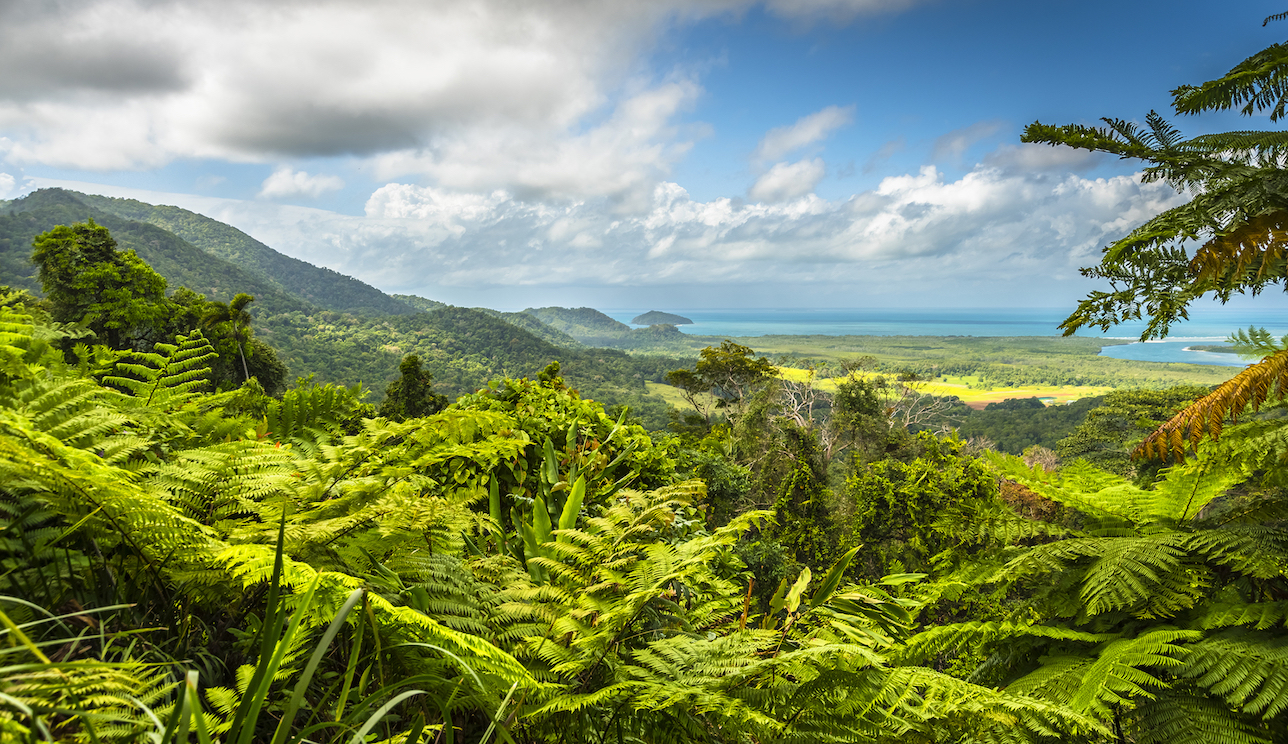
Ancient climate change reshaped Earth’s climate and species
Roughly 307 million years ago, the Earth’s climate underwent a drastic transformation that wiped out many species, but some tetrapods (four-legged vertebrates) thrived.
Now, a new study conducted by researchers from the University of Birmingham discovered how this ancient climate change reshaped the future and shows how the conditions were favorable to the evolution of tetrapods.
The Carboniferous period, which started around 359 million years ago, was a time when North America and Europe were connected and covered with dense tropical rainforests. The humid climate provided the perfect environment for tetrapods to thrive and diversify.
However towards the end of the Carboniferous period the climate changed, and became much drier, the rainforests began to disappear, and the many species, including dominant plant groups, went extinct.
While scientists were aware of how the change in climate affected different species and caused a mass extinction event, there is not much known about tetrapods, which prompted the new study.
The research was published in the journal Proceedings of the Royal Society B and fills in important gaps in the fossil record that shows the diversity of tetrapods both before and after the change in climate.
For the study, the researchers compiled a new dataset from the Paleobiology Database and used advanced statistical methods to estimate tetrapods’ diversity.
Not surprisingly, the results show that tetrapod diversity decreased after the shift to a drier climate. The rainforests began to disappear, and this led to habitat degradation for many tetrapods that had thrived in the humid and wet environments.
The researchers found that even though diversity decreased, the drier climate gave rise to some tetrapod migrations whose larger size made it easier for them navigate further away from the equator to find more hospitable habitats.
“We now know that the rainforest collapse was crucial in paving the way for amniotes, the group which ultimately gave rise to modern mammals, reptiles and birds, to become the dominant group of land vertebrates during the Permian period and beyond,” said Emma Dunne, the lead author of the study in an interview with Phys.org.
The study explains how some species were able to thrive even in the midst of a mass extinction that decreased tetrapod diversity.
—
By Kay Vandette, Earth.com Staff Writer













